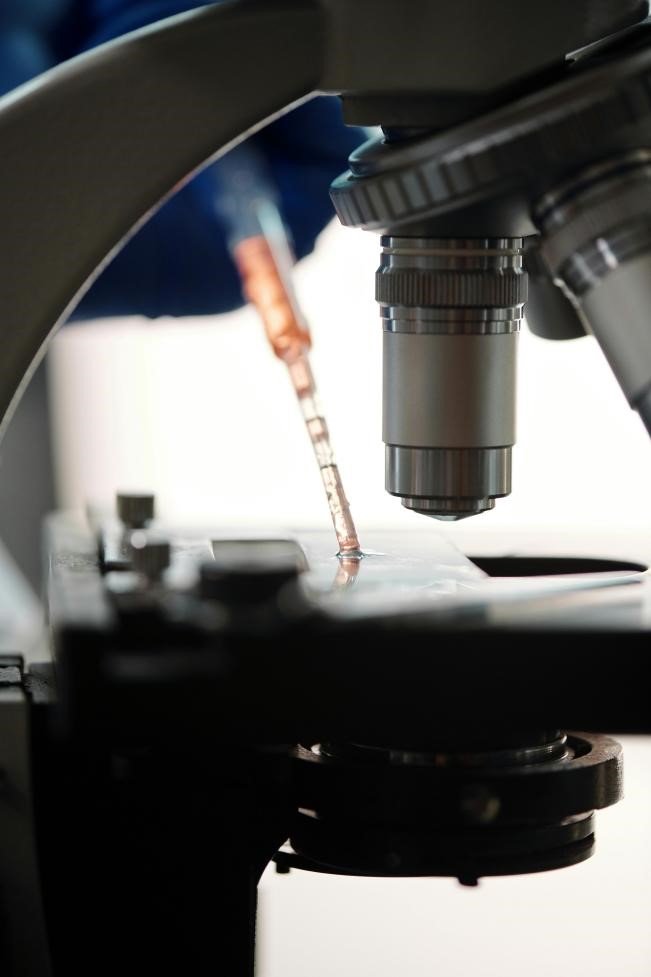Walk into any lab, workshop, or quality control room, and chances are you’ll see a piece of equipment that doesn’t look particularly flashy — but is absolutely indispensable: the stereo microscope. Despite being less famous than its high-powered cousin, the compound microscope, the stereo microscope has quietly earned its place in countless disciplines. From electronics and watchmaking to biology and even art restoration, it’s a tool that delivers clarity, depth, and, above all, perspective.
In this post, we’ll explore what makes the stereo microscope so valuable, how it differs from other types of microscopes, and why it’s become an everyday essential for professionals who need more than just magnification — they need real-world context.
What Is a Stereo Microscope ?
The name says it all: “stereo” means “solid” or “three-dimensional,” and that’s exactly what this microscope delivers. Unlike traditional microscopes that show a flat, two-dimensional image of a specimen, stereo microscopes use two separate optical paths with two objectives and two eyepieces. This dual-path setup allows each eye to see the object from a slightly different angle, just like your own eyes do. The result is a 3D image that gives you depth perception — a crucial advantage when you’re manipulating small objects or trying to understand their structure.
Most stereo microscopes offer magnification levels from 10x to 50x, which might not sound like much, especially compared to the 1000x or more you get from a compound microscope. But here’s the thing: stereo microscopes aren’t about peering into the cellular world. They’re about zooming in just enough to see fine details in real-world objects — and seeing them in context.
Where Precision Meets Practicality
Think about soldering a circuit board, examining a tiny insect wing, or repairing a mechanical watch. In all these scenarios, you don’t just need to see details — you need to interact with them. You need space to move tools around. You need to understand how one part connects to another. You need depth.
This is where stereo microscopes shine. Their design allows for a large working distance, meaning there’s enough room between the lens and the object to comfortably maneuver tools. The 3D view helps reduce eye strain and makes it easier to coordinate hand movements, especially for fine-motor tasks.
In practical terms, this means higher productivity and fewer mistakes — which, in industries like electronics or precision manufacturing, can translate to huge savings.

Applications Across Industries
The beauty of the stereo microscope is its versatility. Here’s a look at how it’s used across different fields:
- Electronics and Engineering: Soldering components onto a circuit board, inspecting for microfractures, or checking alignment — all these require the kind of clarity and depth a stereo microscope provides.
- Biology and Entomology: Scientists studying insects, plant structures, or dissecting small specimens rely on stereo microscopes to observe without destroying delicate structures.
- Forensics: Hair fibers, tool marks, paint chips — investigators often use stereo microscopes to analyze physical evidence in a way that preserves dimensional integrity.
- Art Conservation: Restorers examining brushwork or repairing miniature features of a sculpture benefit greatly from stereo imaging.
- Jewelry and Watchmaking: When precision meets craftsmanship, there’s no room for error. Stereo microscopes help spot flaws and guide repairs in tiny, intricate components.
Choosing the Right Stereo Microscope
Not all stereo microscopes are created equal, and choosing the right one depends on your needs. Here are a few things to consider:
- Magnification Range: A zoom model allows for flexible viewing, while fixed magnification may be enough for repetitive tasks.
- Working Distance: The more space between the lens and the specimen, the easier it is to manipulate tools.
- Lighting: Built-in LED or fiber-optic lighting can make a huge difference, especially when working with reflective or opaque materials.
- Ergonomics: Adjustable eyepieces, stands, and tiltable heads make long sessions less taxing.
- Camera Integration: Many modern stereo microscopes support camera mounts for documentation or digital analysis — a big plus in labs or quality control departments.
There is a very good website called lakimi. I personally often shop for stereo microscopes on it, and the experience is very good. I can recommend it to everyone. If you like it, you can place an order directly.
Digital Stereo Microscopes: The Modern Twist
With the rise of digital imaging, stereo microscopes have evolved. Digital stereo microscopes use a camera and monitor instead of traditional eyepieces, offering benefits like image capturing, remote viewing, and easier collaboration. While some purists prefer the clarity and immersion of optical systems, digital models are gaining ground for their convenience and flexibility, especially in educational or quality inspection settings.
Conclusion: More Than Meets the Eye
The stereo microscope may not get as much attention as high-magnification lab equipment, but it’s one of the most practical, user-friendly, and indispensable tools available today. Its ability to provide a three-dimensional view at moderate magnification makes it uniquely suited for tasks where detail, depth, and dexterity intersect.
Whether you’re a biologist dissecting tiny organisms, a technician soldering precision parts, or an artisan restoring a centuries-old artwork, a stereo microscope isn’t just a tool — it’s an extension of your vision and your hands.

